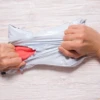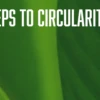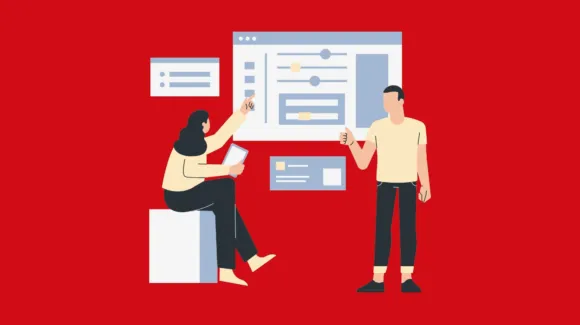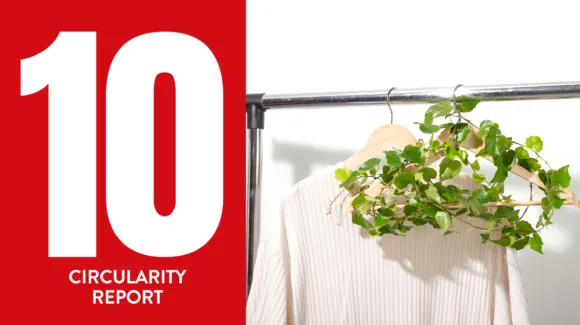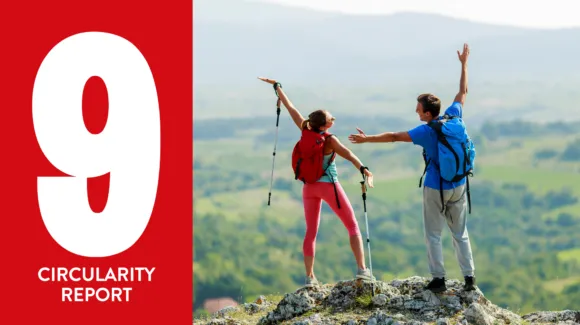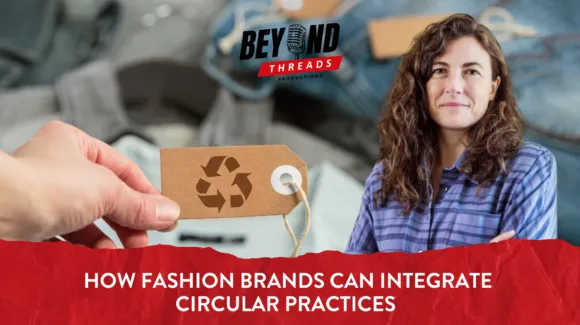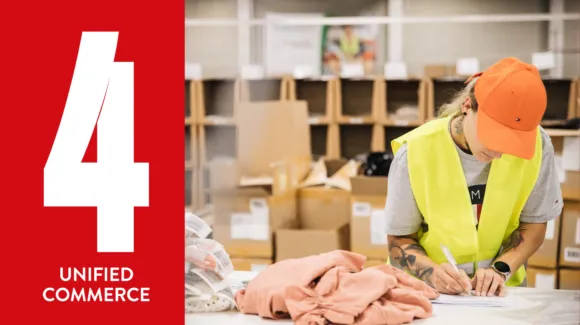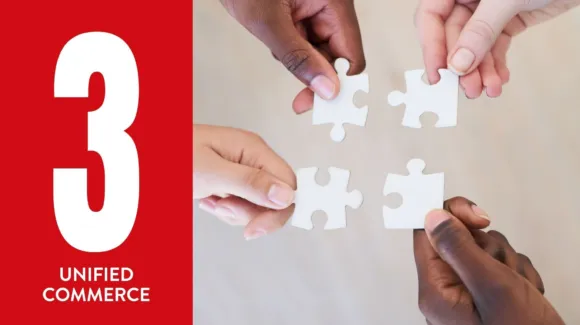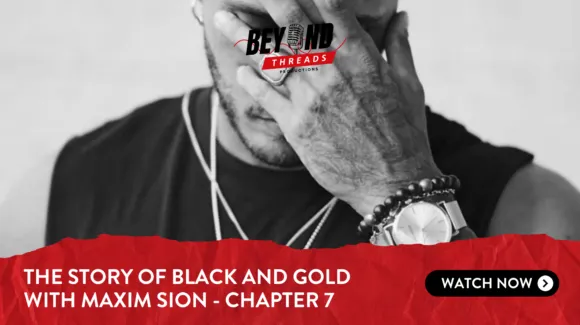Adopting a circular economy model is not a one-time endeavor but a continuous journey of innovation, learning, and adaptation.
In the apparel industry, Circularity has found its way into conversations and strategies. It’s interesting and promises a lot. Various non-profits and consulting groups are heavily invested in sharing information needed to inspire and make business decisions to shift towards circular.
In 2023 the Global Fashion Agenda released their Fashion CEO Agenda report focused specifically on what CEOs need to prioritize.
Adopting a circular economy model is not a one-time endeavor but a continuous journey of innovation, learning, and adaptation. This is why CEO and Board commitment to Circular is the first step. See our blog post from earlier this year, A CEO’s guide to your ideal circular solution.
And then what comes next?
In this blog, we break down the steps the company needs to put in place to shift towards circular. We identified 5 areas that are critical to the shift and its success.
- Set a clear Vision:
Establish a vision of circularity for your company. Once this is set everyone can be trained on what this means and have a single point of reference of why they are doing the work to change the business.
James Clear in his book Atomic Habits uses the term Outcomes to describe one’s vision of success. It is the result you want to see at the end of your behavior changes.
Creating a vision should be informed by the principles of circularity and the core values of the brand. It must be adopted and committed to by the CEO and the board of directors. - Awareness and Education:
Understand the principles of a circular economy. Ensure that the entire team, from top management to designers to the warehouse staff, is aware of the benefits and rationale behind the transition.
This is the one step where the sooner and broader you invest the greater your return is in the long run. Everyone in your company is an expert in their job for a linear business model. Therefore, shifting their mindset of what it means to do their job when the rules of the game change cannot be skimmed over. In Circular, products will be designed to be resold many times, to be recycled, and the company financials and systems will have to be adjusted for these changes. Invest in education; there are organizations that focus on circular education to fast-track understanding of what is circular and how to implement it. - Assessment:
Analyze your current business model, supply chain, and product lifecycle. Identify areas where waste is generated, where resources are used inefficiently, and where products end up after their life cycle.
Having a clear idea of how your current business measures against your vision and the principles of circularity enables prioritization of action. There will be some products, materials, and business operations that are closer to meeting the principles of circularity than others.
You can learn from your own business to determine if there are already suppliers, practices, and resources to leverage as you move more of your products, materials, and business operations toward circular.
For example, if you do an analysis of the materials you use, you may find that 30% come from recycled materials already, this is an opportunity to capitalize on sourcing more from these vendors.
You may also find that your team was looking into Digital ID to authenticate products, you could expand the data collected on the Digital ID to include information for resale and recycling. - Take Action:
This step is made up of 3 sub-steps, highlighting the critical areas where your business will be disrupted.
A. Design for Longevity:
Material Choice: opt for high-quality, durable, and sustainable materials.
Versatility: Design clothes that are versatile, timeless, and can be worn in multiple seasons or occasions. If items are designed for only one user like underwear, socks, or a team jersey, design them to be easily recycled.
Modularity: Create products that can be easily taken apart and components replaced or upgraded.
B. Integrate Circular Business Models:
Rental and Leasing: Offer customers the option to rent clothes for special occasions.
Subscription Models: Provide a rotating wardrobe based on subscription, allowing consumers to return clothes after wearing and receive new ones.
Take-back and Recycling Schemes: Allow customers to return used clothing for recycling or upcycling.
Resale: Offer customers the option to buy used items guaranteeing the same high quality they expect from your brand.
Engage Consumers: Educate consumers about the benefits of a circular fashion model. Offer care and repair guidelines, promoting the longevity of products. Encourage returns for recycling or repurposing.
C. Closed-Loop Production:
Reduce Waste: Adopt zero-waste pattern-making techniques.
Recycle: Reintroduce post-consumer or post-industrial waste into the production process.
Innovate in Recycling Technologies: Invest in or collaborate with companies that are developing new recycling technologies, especially for blended fabrics which are currently difficult to recycle. - Expand:
As the brand starts seeing the benefits of the circular model, consider expanding these practices throughout the company.
The adoption of Circular within a brand is a circular route, think of the image of a spiral where you loop back around but at a different level. Within each area of the business, you will learn and see how the business intersects with itself and soon solving one problem can solve multiple problems.
Transforming one’s company is a big change, and there are so many resources already developed and ready to be implemented. The first step is always the first step. Take action and adopt a strategy for Circularity and then tap into the resources available to make it happen.

